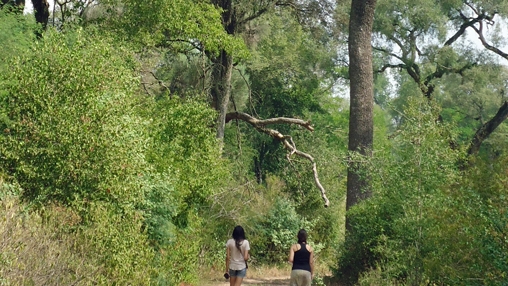The paving of provincial route No. 3 in the northern province of Chaco seeks to set an example of how to plan and design an infrastructure project putting particular emphasis on respecting the environment.
The 60 kilometre road from Pampa del Indio to Rio Villa Bermejito is over 50 years old. By paving it, more communities can be connected, developing tourism and commercial potential, while conserving the region’s biodiversity.
During the environmental assessment process, it was identified that the part of the project to be financed went through a vulnerable natural habitat: the Gran Chaco Americano.
With an area spanning 100 million hectares, it is the largest forested area on the continent after the Amazon. In Argentina alone, about 2 million hectares (10% of the total) have been lost in the last 20 years due to deforestation.
"We are taking this opportunity to develop tools to protect natural resources and preserve cultural heritage," says Veronica Raffo, World Bank Task Manager for the Norte Gran Vial project, which funds the work.
Beyond engineering
The National University of the Northeast and INALI-CONICET undertook Baseline Biodiversity Upgrade Program, "to facilitate regional conservation planning of the Chaco region corridor," said Marcelo Acerbi, World Bank Environmental Specialist.
The research included a survey of plants and animals in the area affected by the construction, an analysis of the conservation status of the species, the determination of protected areas and proposals to mitigate the environmental impact.

